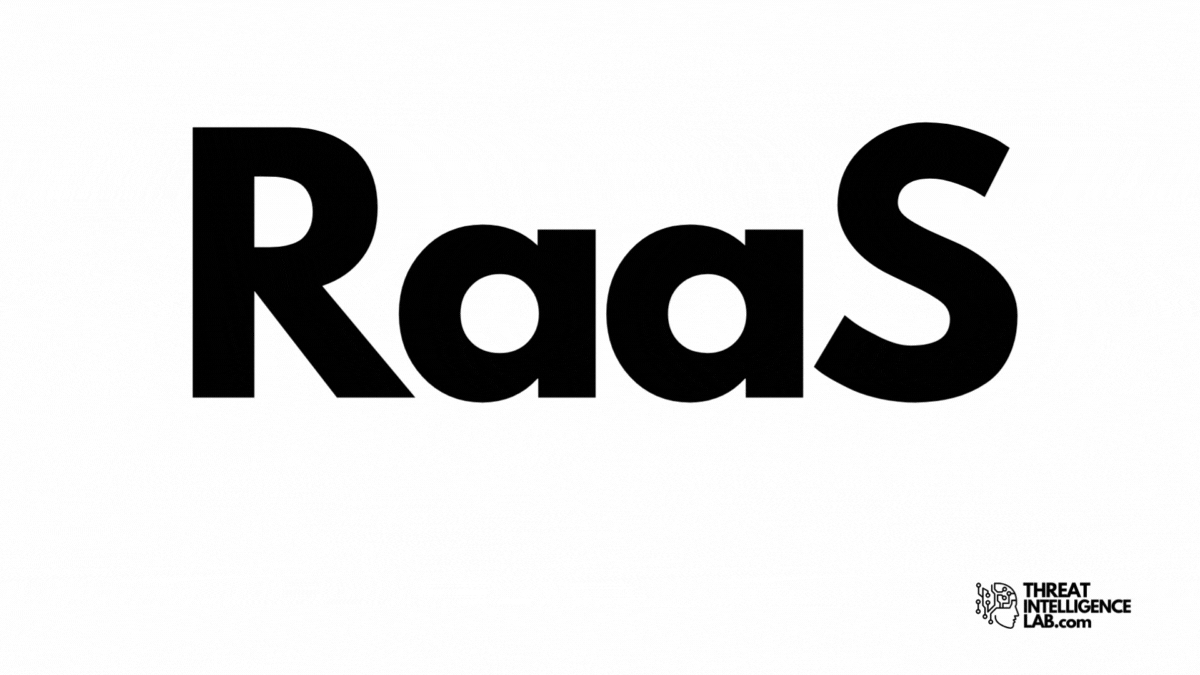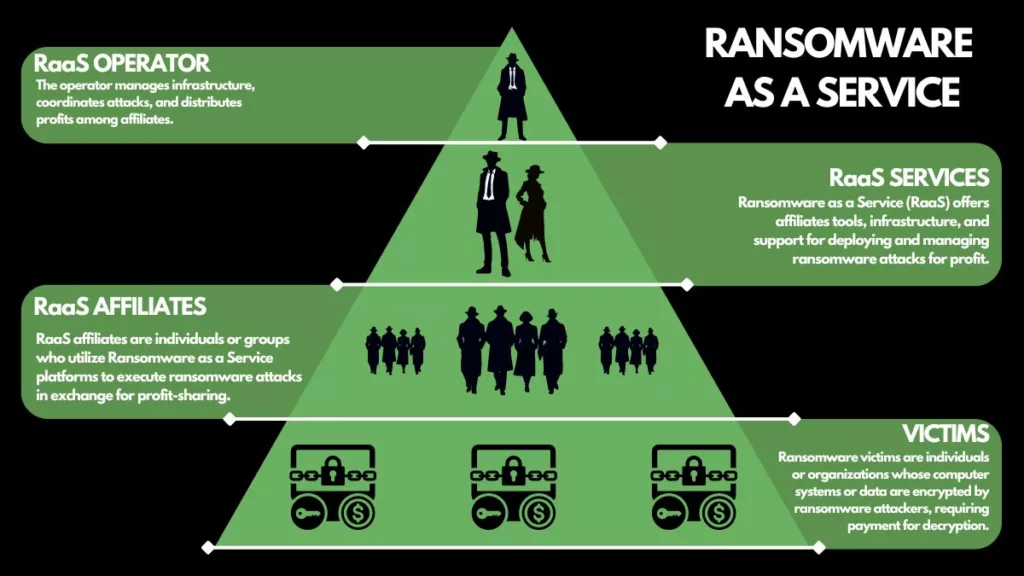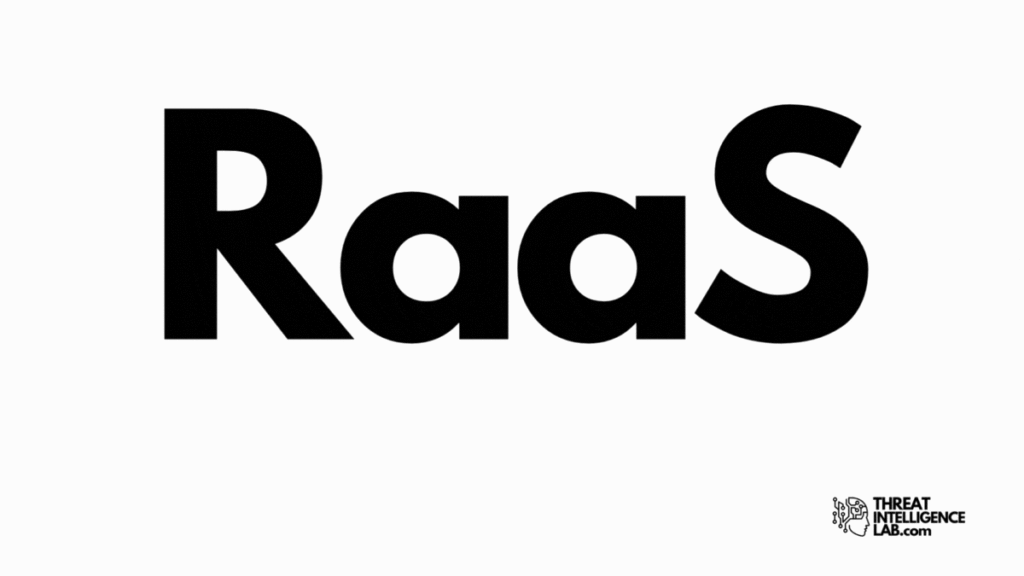Your cart is currently empty!

Ransomware as a Service (RaaS): An Overview
In my years immersed in the world of cybersecurity, I’ve come to understand that Ransomware as a Service (RaaS) is not just a problem; it’s a full-blown business model, a sinister innovation in the world of cybercrime.
Essentially, RaaS is a subscription-based model that enables affiliates to use existing ransomware tools to execute cyberattacks.
The developers of these tools provide everything an affiliate needs: from the ransomware itself to customer support, often with user-friendly dashboards.
This service has drastically lowered the barrier to entry for cybercriminals, allowing even those with minimal technical knowledge to launch devastating attacks.

The Dark Evolution: Notable Ransomware Gangs
Now, let’s dive into who operates in this shadowy world. Groups like REvil, DarkSide, and LockBit have become infamous.
Each of these gangs operates its own RaaS, offering their malicious products in exchange for a cut of the ransom profits. REvil, for example, was behind the high-profile attack on JBS Foods.
Meanwhile, DarkSide’s attack on Colonial Pipeline highlighted the vulnerabilities in critical infrastructure.
LockBit, constantly evolving, has made headlines for its speed and efficiency in encrypting networks.
- BianLian Ransomware Group: A Rising Threat in Cybercrime
- The Black Basta Cyber Threat
- Rhysida Ransomware Group
- The Akira Ransomware Gang
- Cl0p Ransomware Gang: The Unseen Cyber Menace
The Earning Model: A Lucrative Venture
The earning model of RaaS is what makes it particularly dangerous. It’s all about sharing profits: affiliates pay a subscription fee or give a cut of their ransom profits, typically ranging from 20% to 40%, to the RaaS providers.
This revenue-sharing model incentivizes both the developers and the affiliates to continue their illegal activities.
Moreover, it creates a continuous cycle of innovation and distribution in ransomware development, as the more successful the attacks, the more money flows back into the RaaS ecosystem.
The Devastating Impact of Ransomware
- The financial damage can be astronomical, running into millions of dollars for a single attack.
- The cost of downtime, reputation damage, and the long-term impact on customers and stakeholders.
- The rise of RaaS has led to an increase in the frequency and sophistication of attacks, making it a top concern for cybersecurity professionals globally.

Combating RaaS: Strategies and Recommendations
I recommend a multi-layered approach to defend against RaaS. First, invest in employee education: staff should recognize phishing attempts, a common entry point for ransomware.
Next, regularly back up and encrypt your data. In case of an attack, you can restore your systems without paying the ransom.
Furthermore, implement robust network security measures, including firewalls, intrusion detection systems, and regular vulnerability assessments.
The best way to get results in combating RaaS is through collaboration. Share threat intelligence with other organizations and join cybersecurity alliances.
By working together, we can identify and mitigate threats more effectively.
Closing Thoughts
The rise of Ransomware as a Service is a call to action for all cybersecurity professionals. It’s a reminder of the importance of vigilance, education, and collaboration in the fight against cybercrime.
As we continue to navigate this challenging landscape, remember: the cost of prevention is always less than the cost of a breach.
By understanding the threat, reinforcing our defenses, and working together, we can make a significant impact in the battle against RaaS and protect the future of our digital world.
